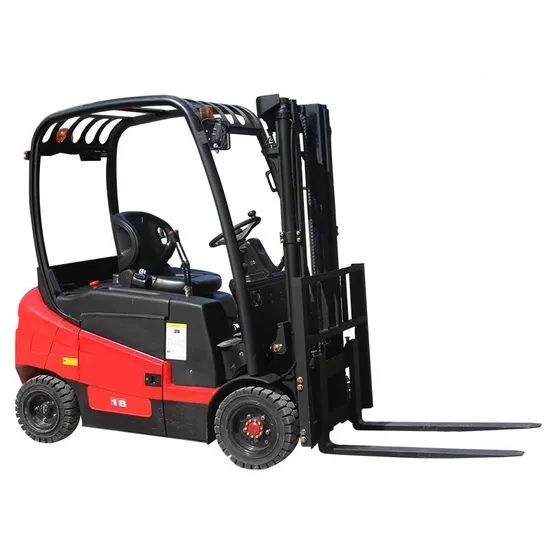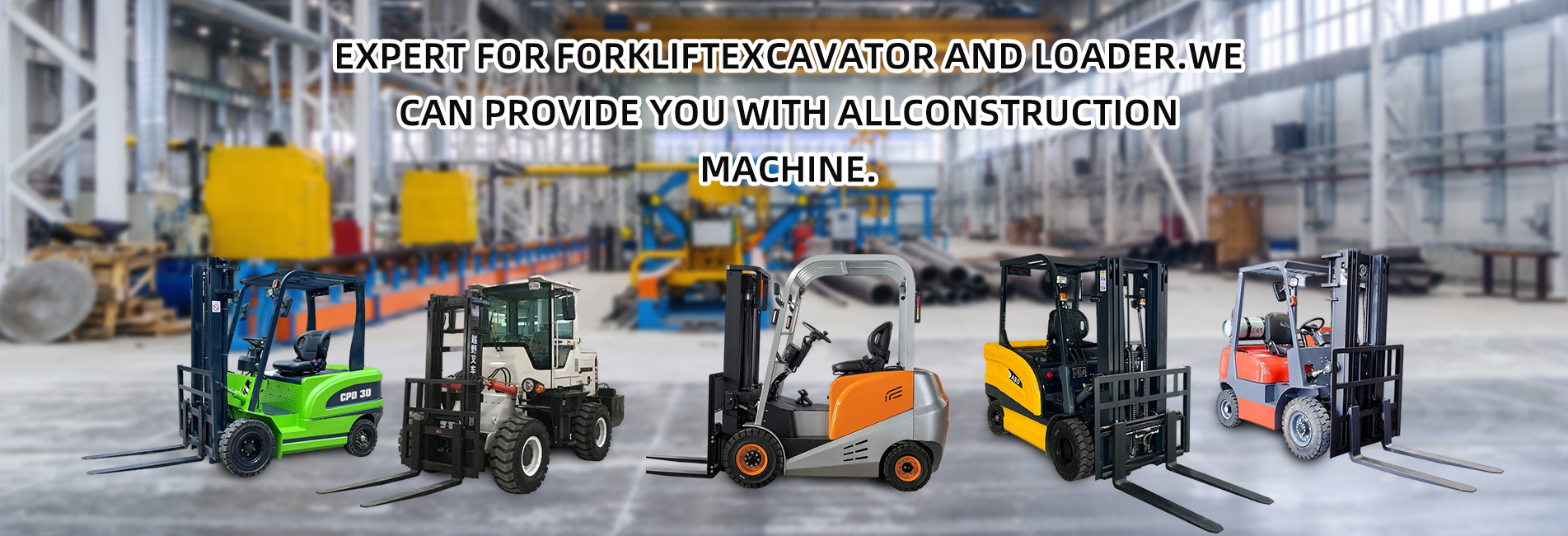The batteries of electric forklifts mainly fall into two categories: lead-acid batteries and lithium batteries. The following is a detailed introduction to them:

Lead-acid Batteries
- Working Principle: A lead-acid battery mainly contains 22%-28% dilute sulfuric acid inside. Its working principle relies on the chemical reaction between lead and sulfuric acid to realize the mutual conversion of electrical energy and chemical energy. During the discharge process, the lead plates react with sulfuric acid to generate lead sulfate and water, thereby releasing electrical energy; when charging, under the action of an external power source, lead sulfate and water are converted back into lead and sulfuric acid.
- Advantages
- Low price: Compared with lithium batteries, lead-acid batteries have relatively low manufacturing costs, so their purchase price is also cheaper, making them an economical choice for enterprises with limited budgets.
- Mature technology: Lead-acid batteries have a history of more than 100 years, with very mature technology. The maintenance services in the market are relatively complete. In case of failure, it is easy to find professional personnel for repair.
- Good high-rate discharge performance: They can provide a large current in a short time, meeting the power demand of electric forklifts in working conditions such as starting, accelerating and climbing.
- Disadvantages
- Long charging time: It usually takes 8-12 hours or even longer to fully charge, which will affect the use efficiency of electric forklifts to a certain extent, especially in scenarios that require frequent operations.
- Short cycle life: The cycle service life is usually about 1000-1500 times, which is much lower than that of lithium batteries. The battery needs to be replaced regularly, increasing the use cost.
- High maintenance cost: It is necessary to regularly check the electrolyte level, add distilled water or special electrolyte, and also perform regular maintenance operations such as equalizing charging to extend the battery life.
- Large weight and volume: Lead-acid batteries have low energy density. To provide sufficient power, the battery has a large volume and weight, which not only increases the self-weight of the electric forklift but also occupies a large installation space.
- Not environmentally friendly: The sulfuric acid in the battery is corrosive. If it leaks, it may pollute the environment. Moreover, improper disposal of waste batteries will also cause harm to the environment and human health.
Lithium Batteries
- Working Principle: Lithium batteries mainly rely on the movement of lithium ions between the positive and negative electrodes to realize the storage and release of electrical energy. When charging, lithium ions are 脱出 from the positive electrode and embedded in the negative electrode through the electrolyte; when discharging, lithium ions are 脱出 from the negative electrode and return to the positive electrode through the electrolyte, thus completing the output of electrical energy.
- Advantages
- High charging efficiency: The charging efficiency usually exceeds 98%, allowing 100% DOD deep discharge, and supporting fast charging technology. It generally takes 1-2 hours to fully charge, and some can even be charged to 80% in half an hour, which greatly shortens the charging waiting time and improves the use efficiency of the forklift.
- Long cycle life: Under normal charging and discharging conditions, the number of cycles can reach more than 4000 times, and the service life is more than ten years. There is basically no need to replace the battery during the life cycle of the electric forklift, reducing the long-term use cost.
- Good environmental performance: There is no heavy metal pollution in the production process, no pollution and no emission in the use process, in line with RoHs environmental protection regulations. No acid mist is generated during charging, and waste batteries can be recycled and reused.
- High safety: Lithium batteries using materials such as lithium iron phosphate can withstand experiments such as collision, extrusion, puncture, fire, high and low temperature impact without catching fire or exploding. The thermal runaway temperature is higher than that of other lithium batteries, with good thermal management capabilities and the property of preventing internal short circuits.
- Maintenance-free: Fully enclosed packaging, no manual maintenance and care required, no need to regularly add electrolyte and distilled water, reducing manual maintenance costs, and avoiding damage to the battery due to improper maintenance.
- Adaptability to high and low temperature environments: It has good performance in high and low temperature working environments ranging from -40 degrees to 60 degrees. There is no need to manually configure different electrolyte concentrations at different temperatures, and the applicable fields are far greater than those of lead-acid batteries.
- Disadvantages
- High price: The manufacturing cost of lithium batteries is high, resulting in their overall cost and later replacement cost being higher than that of lead-acid batteries, with a large initial purchase cost.
- Limited low-temperature performance of some lithium batteries: Although some lithium batteries can work at low temperatures, overall, the charge and discharge performance of some lithium batteries will decline in low-temperature environments, and measures such as heating need to be taken to ensure their normal operation.


